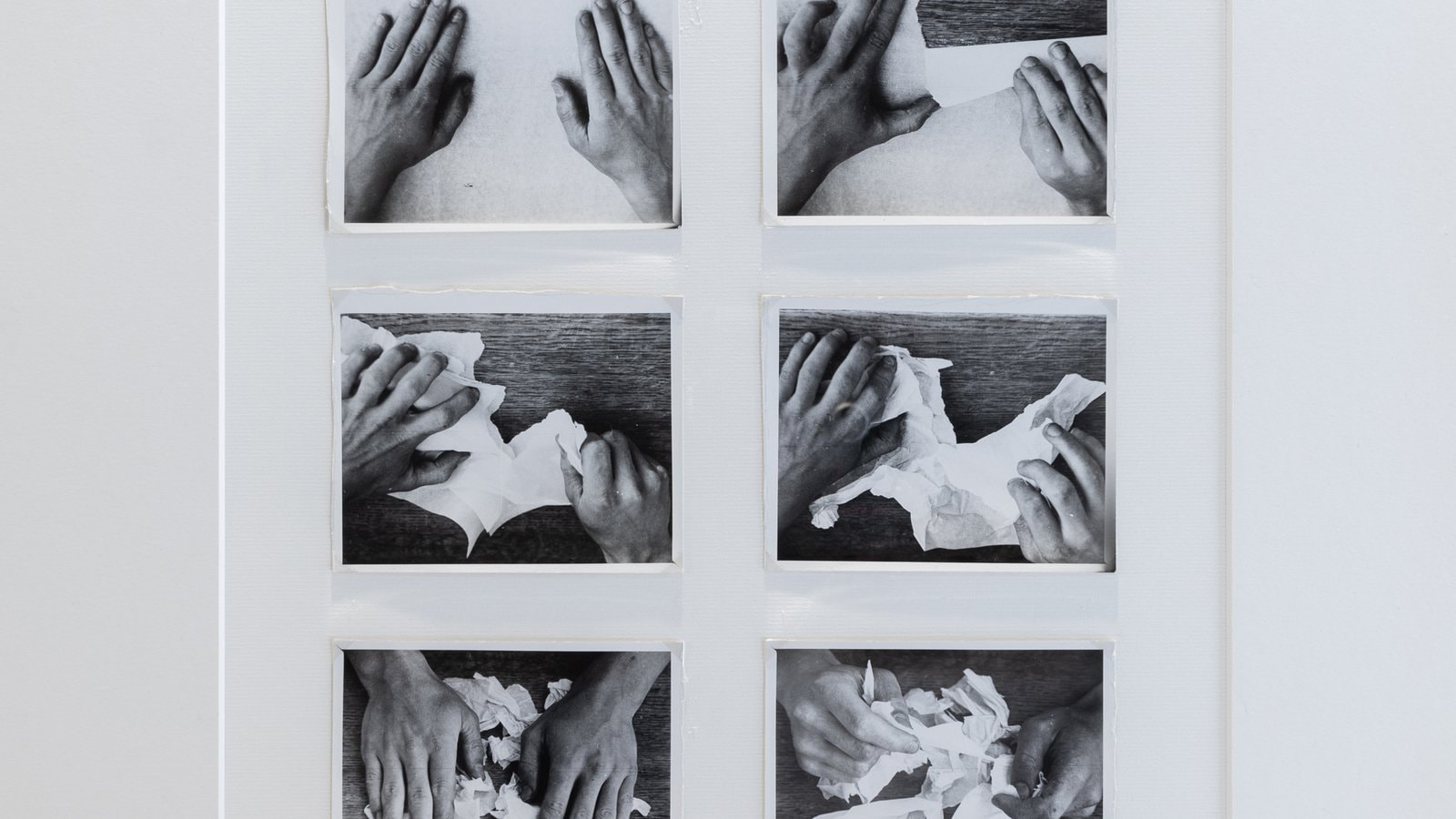Sekretiki No. 11. Circles of Trust
For a short but radiant period, Igor Lutz was an active participant in Moscow’s underground art scene. In the early 1980s, when the Moscow Archive of New Art (MANI) was formed as a collaborative initiative by artists to collect and share the artworks of the conceptualist circle, he contributed a series of photographs. Lutz’s input stands out among other contributions. Minimalist, straightforward, and lacking any irony, lyricism or mystery, his work is dedicated to a pure act of deliberate destruction. This aggressive presence of entropy contradicts the very idea of collaboration or collecting that stood behind the archiving project.
Social movements of the Soviet underground rarely practiced systematic documentation of their activities, since it could potentially serve as evidence for the organs of state security in the fight against unofficial forms of activism. This also fostered a preference for nonobject- based art and ephemeral actions among certain representatives of the unofficial art scene. Combined with temporality and unpredictability—aesthetic qualities praised in the West as a contraceptive strategy against the art market and the mainstream—secrecy and reliance on a closed “circle of interested people” (krug zainteresovannykh lits) became important components of unofficial creative practices and the way such artworks were perceived.
Every time a secret is shared, it accumulates the potential for destruction. Either outward or toward itself. Inner circles, closed discussion groups, and secret societies are often seen as a force of destruction, dangerous to the existing order. That said, the bigger and, supposedly, more influential they become, the less secret and stable their own existence. Secrets cease to exist with their telling. Lutz gave up making art around the time when the secrets of his circle were exposed and members began to come out in the open.
